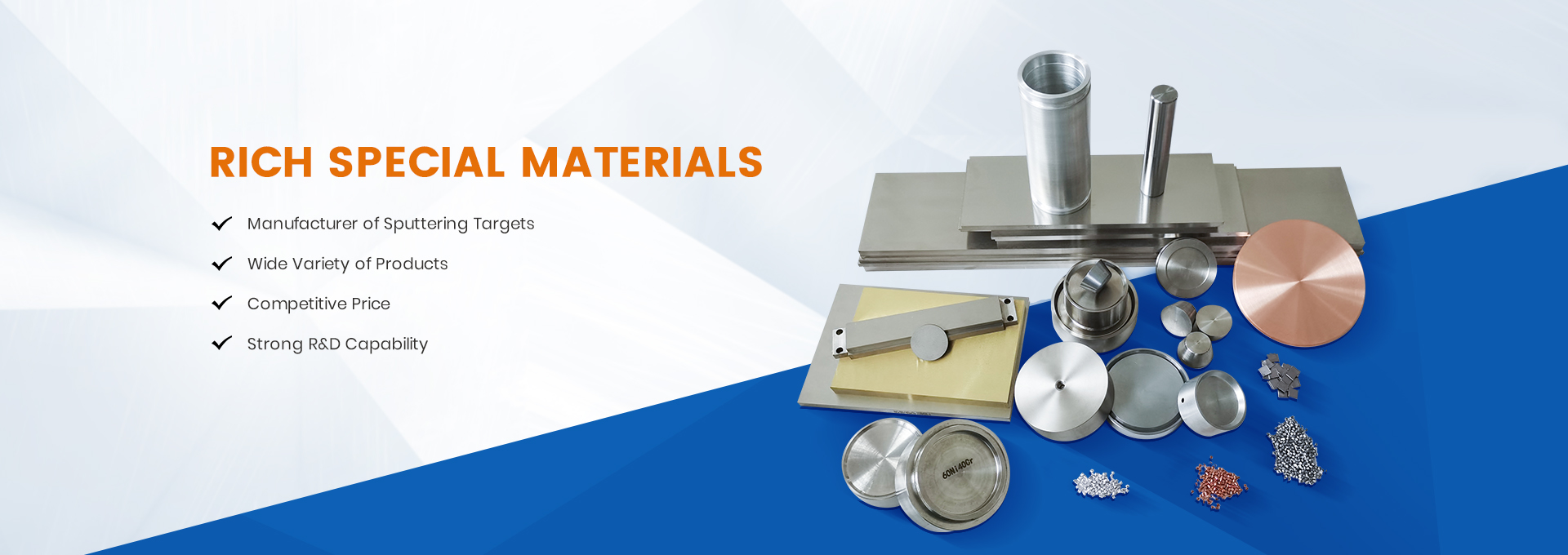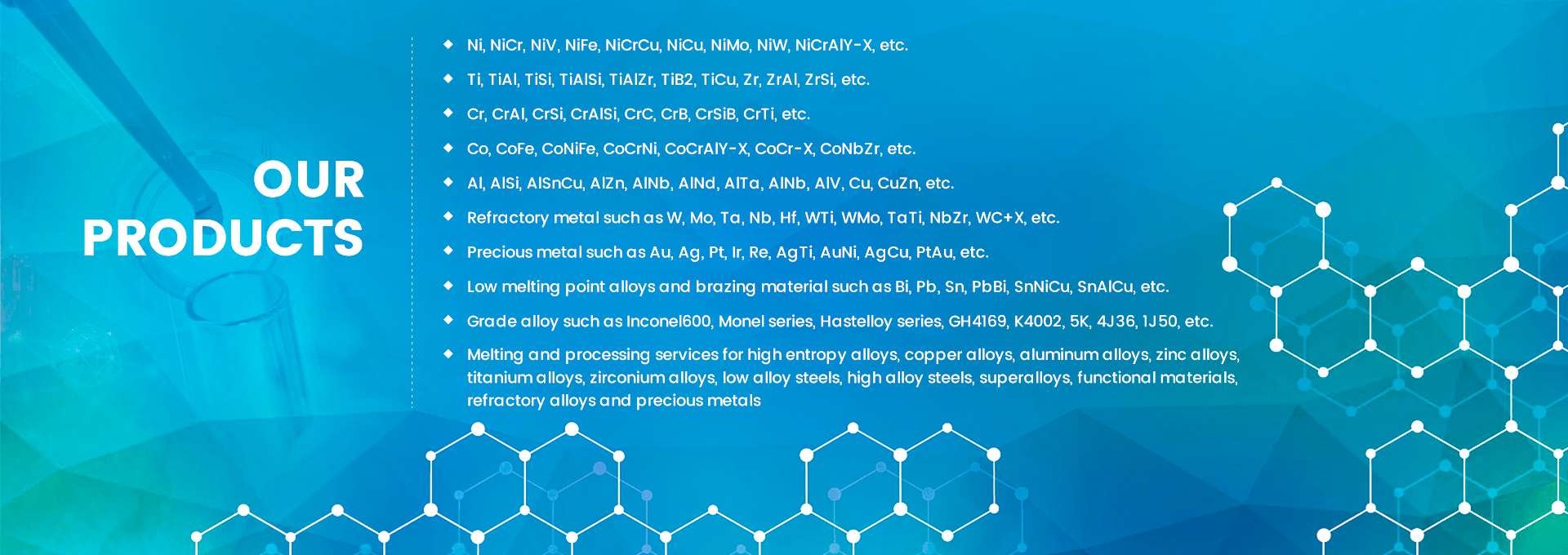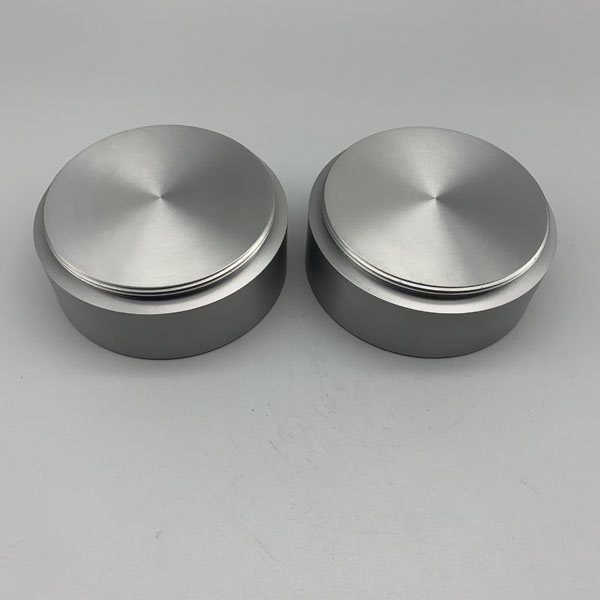Molybdenum sputtering target is a material used in Physical Vapor Deposition (PVD) technology. During the sputtering process, high-energy particles (such as argon ions) bombard the surface of the molybdenum target, causing molybdenum atoms to be sputtered out and deposited on the substrate material to form a thin film. It is made of high-purity molybdenum (Mo) material. The mo target also called Mo sputtering thin film mateials.The Mo thin film targets purity, size, and shape can be customized according to specific application requirements and performance.
Molybdenum materials is a good conductor with high electrical conductivity. This enables the molybdenum thin film formed by sputtering to conduct electric current well in electronic devices. In Thin Film Transistor Liquid Crystal Displays (TFT – LCD) and Organic Light – Emitting Diode Displays (OLED), molybdenum, as an electrode material, can effectively transmit electrical signals to ensure the normal operation of the display.
Molybdenum metal materials has an extremely high melting point of 2,610 °C, enabling molybdenum target materials to maintain their physical state stability in a high – temperature sputtering environment. During the Physical Vapor Deposition (PVD) process, even under high – energy input, such as high – energy particle bombardment, molybdenum target materials are not prone to melting or deformation. This high – temperature stability is of great significance for a continuous and stable sputtering process.
Molybdenum sputtering target has a relatively high hardness (Mohs hardness of 5.5) and good mechanical strength. During the sputtering process, the target material can withstand the continuous bombardment of high – energy particles without being easily damaged.
During the sputtering process of molybdenum sputtering target, the sputtering yield is moderate. Under certain sputtering conditions, such as appropriate argon ion energy and flow rate, molybdenum atoms can be sputtered out relatively uniformly and deposited on the substrate to form a thin film with uniform thickness and good quality. This is crucial for the manufacture of high – quality thin films for electronic devices, photovoltaic cell thin films, and other application scenarios.
Molybdenum sputtering target materials are commonly made of powder metallurgy methods(PM).
-
Selection of High – purity Molybdenum Powder
The production of molybdenum sputtering target materials begins with the selection of high – purity molybdenum powder. The particle size of these molybdenum powders typically ranges from a few microns to several tens of microns, and the particle size distribution should be as uniform as possible. -
Cold Isostatic Pressing (CIP)
This is a commonly used forming method. The molybdenum powder is loaded into an elastic mold and placed in a cold isostatic pressing device. Under high pressure (usually 100 – 400 MPa), the powder is uniformly compressed in all directions. This method can produce green compacts with complex shapes and high density. -
Post – forming Treatment
The pressed green compact may have some minor defects, such as insufficient density or uneven surface. Therefore, it is necessary to process the green compact, such as surface grinding and repair, to ensure that the quality and dimensional accuracy of the green compact meet the requirements for subsequent sintering.
4.Vacuum Sintering. the molybdenum green compact is usually sintered in a vacuum environment. The sintering temperature generally ranges from 1800 – 2200 °C. In a vacuum environment, the reaction between molybdenum and impurities such as oxygen in the air can be reduced, improving the purity of the target material. During the sintering process, the molybdenum powder particles gradually fuse together, reducing the pores and thus increasing the density of the target material.
5.After sintering, the molybdenum green compact needs to be cut according to the size and shape requirements of the actual application. Methods such as electrical discharge machining and wire – cutting can be used to cut the green compact into appropriate sizes. For some target materials with special shapes, further forming processes are required, such as machining to create target materials with specific grooves or protrusions to meet the requirements of different sputtering equipment.
6.Quality Inspection and Packaging
Molybdenum sputtering target materials have important applications in the electronics industry, photovoltaic industry, and decorative and protective coating fields:
In the electronics industry, for semiconductor manufacturing, Mo metal target can be used as a barrier layer and metallization layer to prevent the diffusion of metal atoms, improving the performance and reliability of chips. In flat – panel display manufacturing, it is used for electrodes and wiring to ensure the normal operation of the display. the mo target also called semiconductor sputtering target.
In the photovoltaic industry, Mo pvd target is used as the back – electrode material of cadmium telluride and copper indium gallium selenide solar cells, which can effectively collect and conduct current, enhancing the photoelectric conversion efficiency.
In the field of decorative and protective coatings, the molybdenum sputtering thin film can not only provide a decorative metallic luster appearance but also extend the service life of materials due to its corrosion resistance and wear resistance.According to the use of molybdenum target, molybdenum target is also called decorative target, functional target.
Post time: Jan-17-2025






